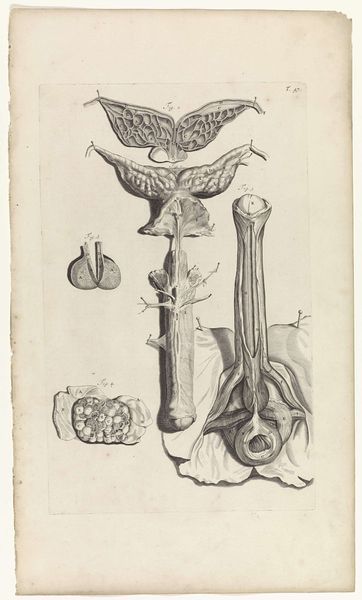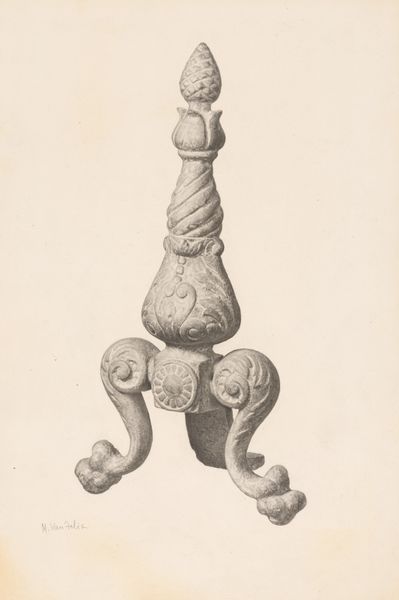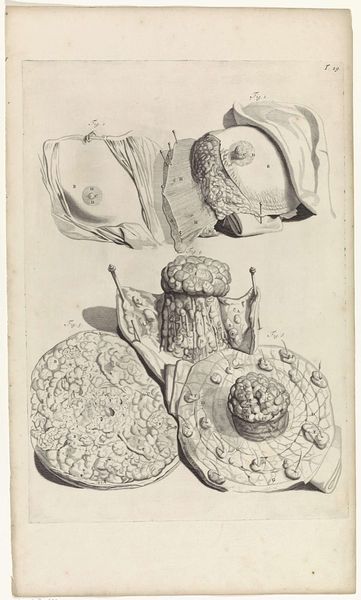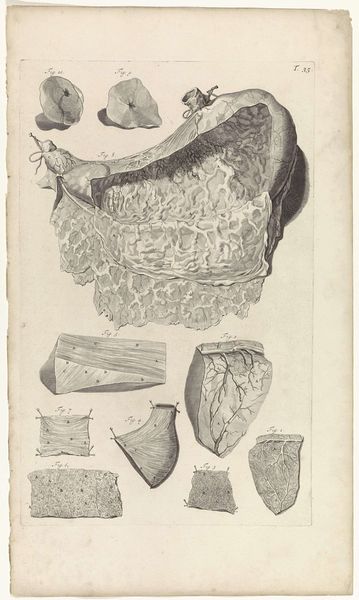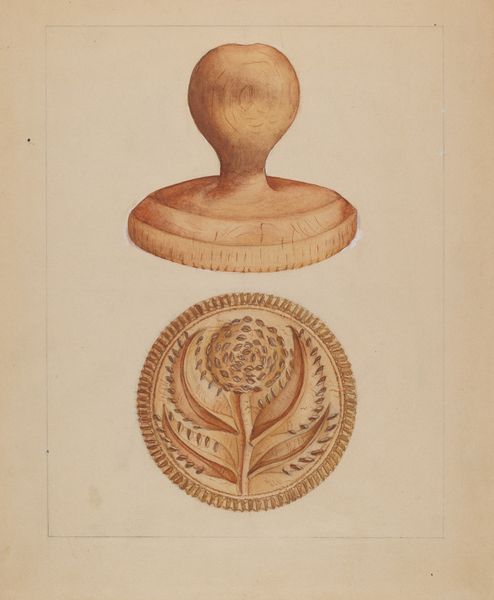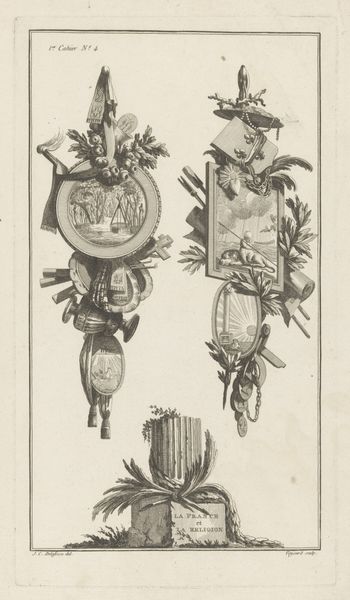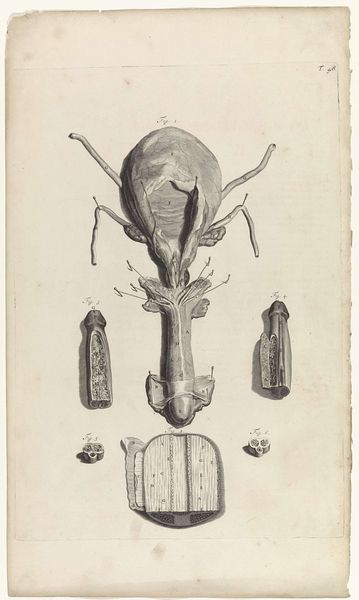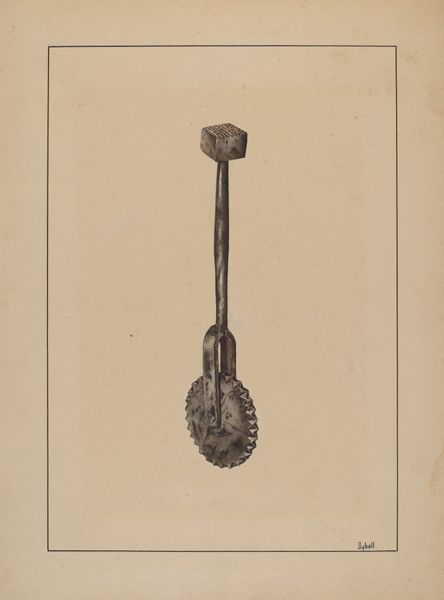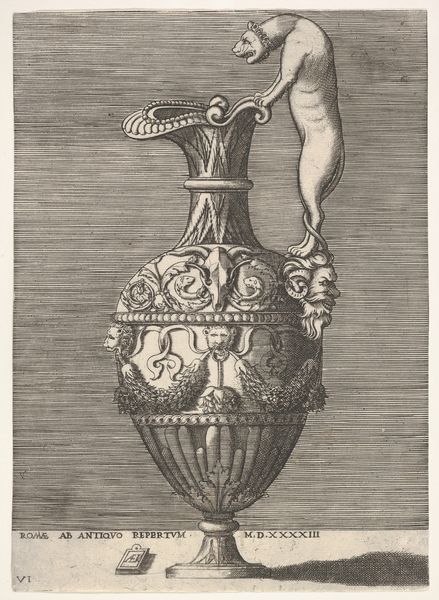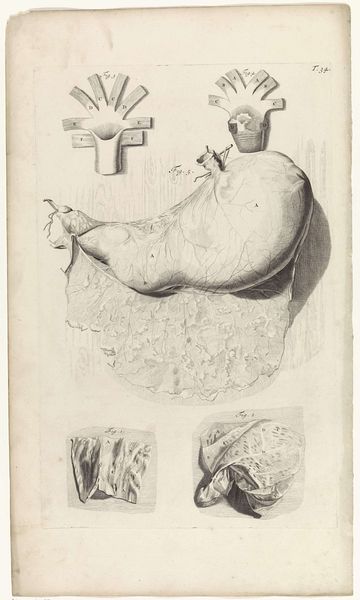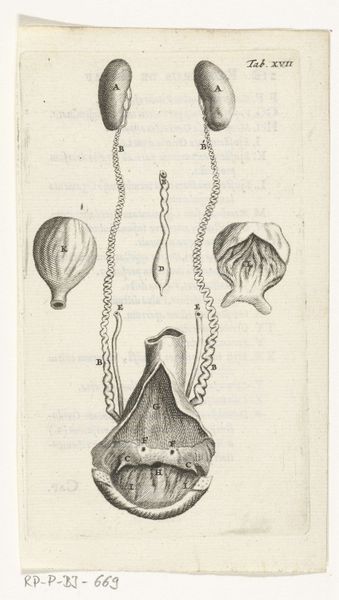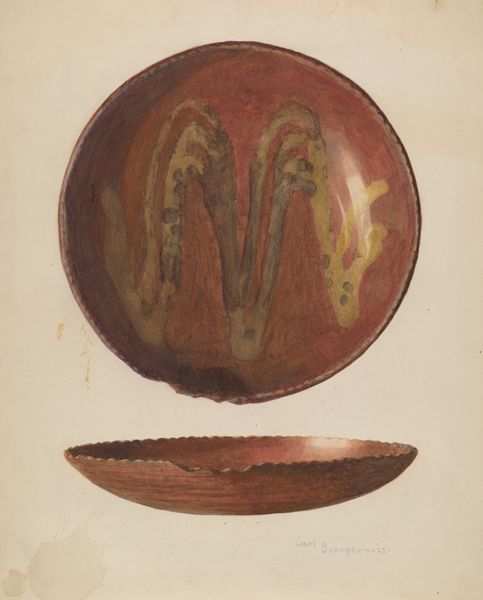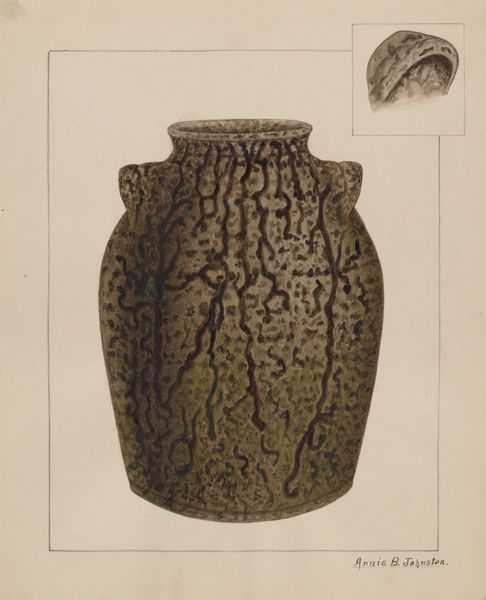
drawing, watercolor, pencil
#
drawing
#
watercolor
#
pencil drawing
#
coloured pencil
#
pencil
#
watercolour illustration
#
watercolor
#
realism
Dimensions: height 660 mm, width 480 mm, height 282 mm, width 185 mm, height mm, width mm
Copyright: Rijks Museum: Open Domain
Editor: Here we have Robert Jacob Gordon’s "Hydnora africana Thunb. (Jackal-food plant)," a pencil and watercolor drawing that likely dates between 1777 and 1786. The plant itself looks so strange and alien! I'm curious about the story behind this image. How do you interpret it? Curator: This botanical drawing isn't simply about documenting a plant, it also tells us about European encounters with the natural world and the role of art in shaping those perceptions. How might this depiction influence someone's understanding and treatment of this unique South African plant? Editor: That’s a fascinating angle. I hadn’t considered the impact beyond scientific record. Does the act of classifying and illustrating something change its inherent value or purpose, particularly through a European lens during this period? Curator: Absolutely. Think about the power dynamics at play. Gordon, a European military officer and explorer, is depicting a plant used by indigenous communities. His artistic choices, even seemingly objective ones, reflect a certain worldview. What impression do you think the level of detail is meant to convey to a European audience? Editor: It's incredibly meticulous, especially the cross-section. Perhaps an attempt to scientifically possess or dissect, figuratively speaking, something unfamiliar. A way of asserting control through knowledge. Curator: Precisely! And that impulse connects to broader colonial projects of exploration, resource extraction, and control. This drawing, therefore, is more than just a pretty picture; it is a document entangled with politics and power. Editor: It’s amazing how much a simple botanical illustration can reveal. Thank you, this gives me a new appreciation for the power of context when looking at historical art. Curator: Indeed, art serves as a mirror reflecting the complexities of society and our relationship with the natural world. A critical examination such as this is crucial.
Comments
No comments
Be the first to comment and join the conversation on the ultimate creative platform.
